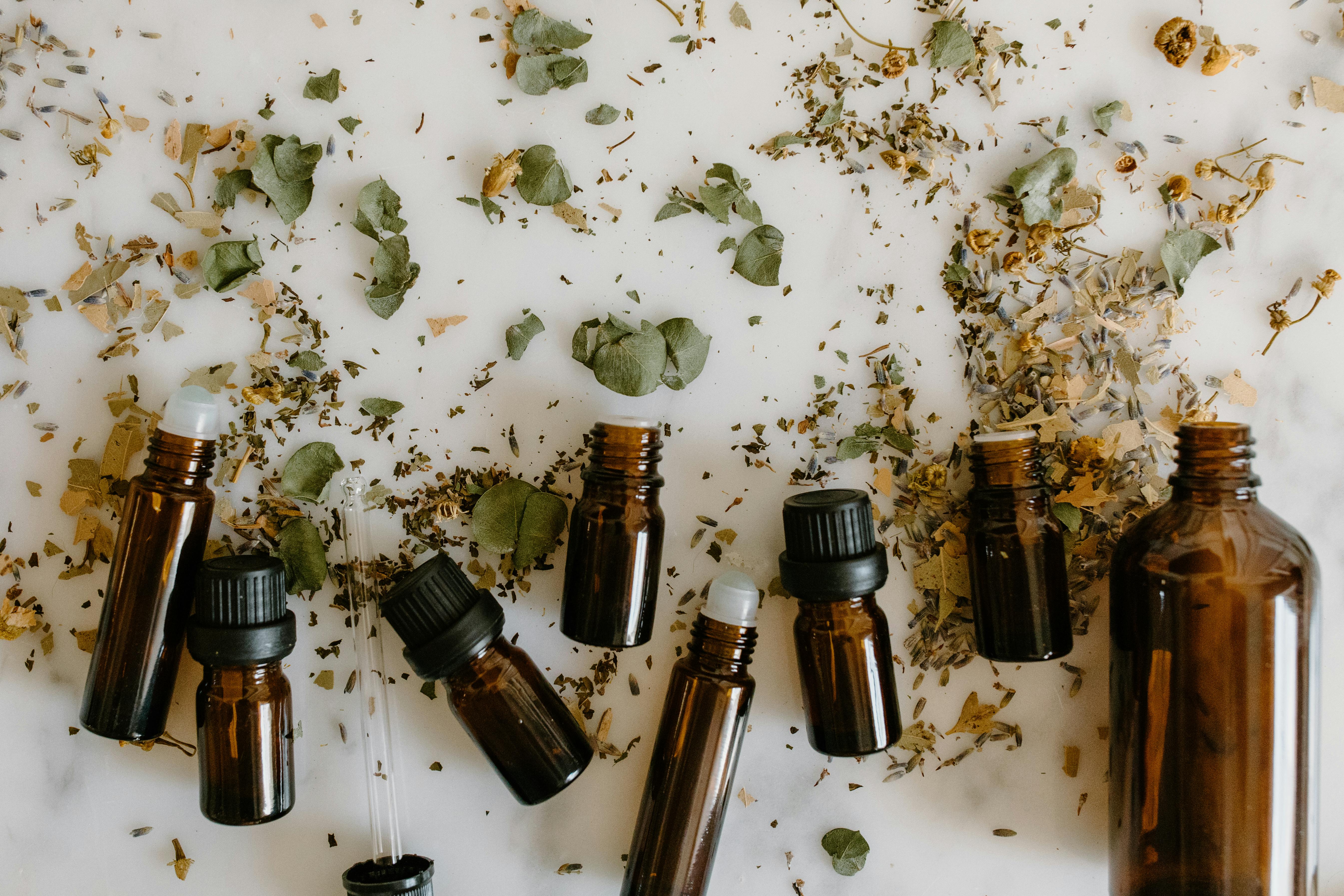Stressful moments are inevitable: a tough conversation at work, a late-night spiral of worry or an overwhelming family day. When anxiety spikes, it’s easy to feel like you’ve lost control. A “calm kit” gives you quick, tangible ways to soothe your body and mind—practices and items you can reach for in real time to restore balance.
Why Tools Matter
Stress activates the body’s sympathetic nervous system—the fight-or-flight response. Without relief, cortisol stays high, fueling anxiety, fatigue and even lowered immunity. Simple sensory tools—like deep breathing or tactile objects—activate the parasympathetic nervous system, which helps the body return to calm. Research shows that grounding strategies (using sight, touch and sound) reduce anxiety in both clinical and non-clinical populations.
What Goes into a Calm Kit
There’s no one-size-fits-all kit—it’s about choosing tools that work for you. Evidence-based inclusions might be:
- Breathing exercises: Slow, paced breathing lowers blood pressure and reduces stress.
- Soothing sensory items: Stress balls, smooth stones or scented oils provide grounding through touch and smell. Aromatherapy with lavender, for example, has been shown to reduce anxiety.
- Mindful journaling prompts: Writing helps externalize worries and regulate emotion. Research confirms expressive writing can reduce rumination and improve well-being.
- Positive reminders: A list of affirmations, photos or gratitude notes can counteract negative self-talk.
Why It Works
A calm kit externalizes coping—moving tools out of your head and into your hands. For children, calm kits are often used in therapy settings to teach self-regulation and similar strategies help adults manage overwhelming moments. The act of preparing the kit itself creates intention and signals to the brain that you have resources ready when stress strikes.
What Actually Helps
- Build your kit with 4–5 items that engage different senses
- Practice using it during calm moments, so it’s familiar when stress is high
- Keep one at home and a smaller version for work or travel
- Refresh it every few months with tools that match your current needs
Stress will always show up—but having a calm kit ensures you’re ready with strategies that help you meet it with steadiness rather than overwhelm.
Sources & Further Reading
- Gallego J, et al. (2017). Unsupervised home-based breathing exercises to reduce anxiety: a randomized controlled trial. Complementary Therapies in Medicine, 33, 58–64. https://pubmed.ncbi.nlm.nih.gov/28899550/
- Koulivand PH, et al. (2013). Lavender and the nervous system. Evidence-Based Complementary and Alternative Medicine. https://pubmed.ncbi.nlm.nih.gov/23573142/
- Pennebaker JW, Smyth JM (2016). Expressive writing and well-being: A meta-analysis. Advances in Experimental Social Psychology, 52, 263–302. https://pubmed.ncbi.nlm.nih.gov/27376151/
- Ungar M, Theron L (2020). Resilience and mental health: How multisystemic processes contribute to positive outcomes. Child Abuse & Neglect, 110, 104297 (discussion of sensory toolkits). https://pubmed.ncbi.nlm.nih.gov/32234569/









